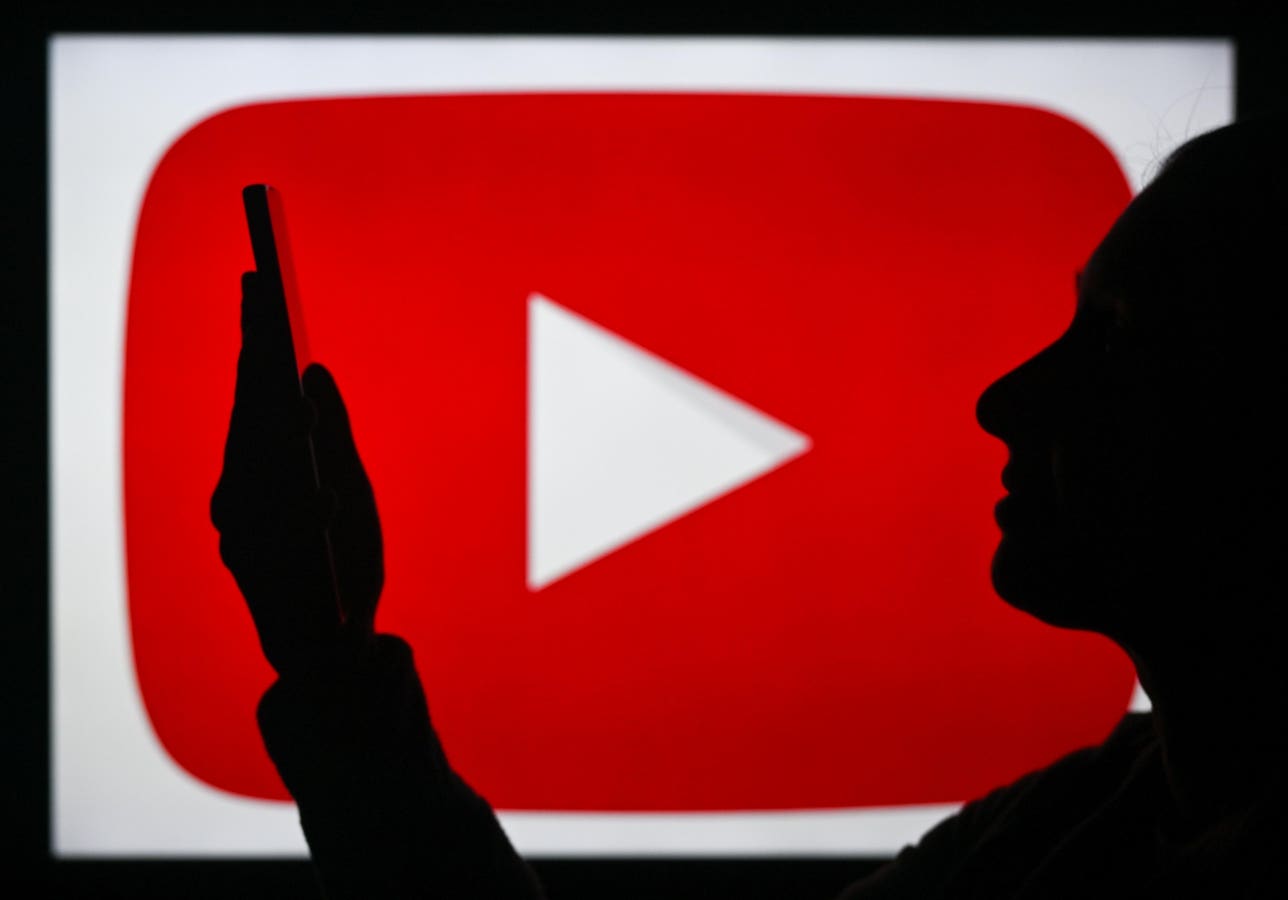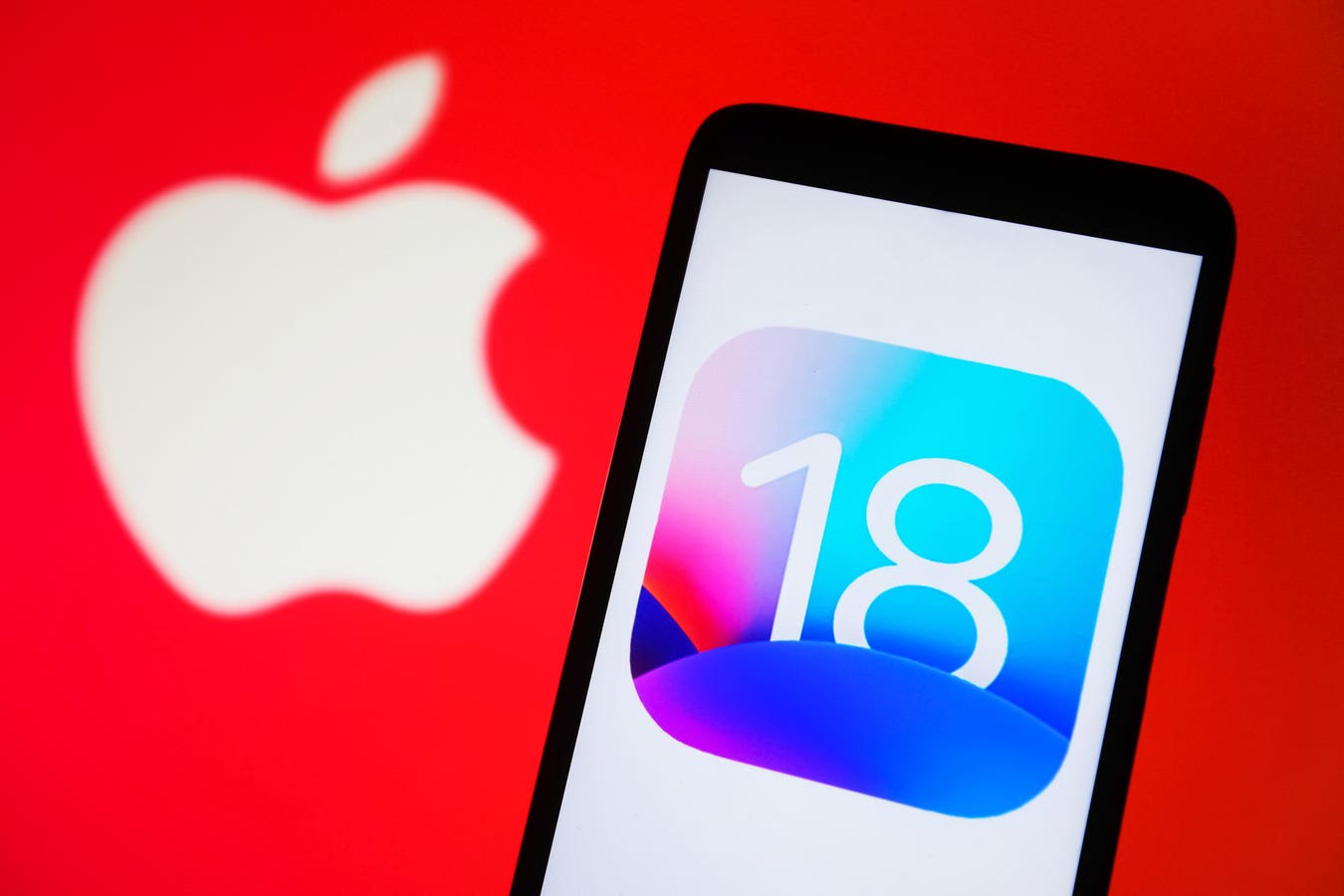EDMONTON, CANADA – APRIL 28: An image of a woman holding a cell phone in front of the YouTube logo … More
The first upload to YouTube turned 20 years old this week and the video platform’s success story is arguably one of the more unusual ones the internet has to offer. Starting out with amateur videos – the first one created by the founders themselves – as well as uploads that were in some cases of copyright infringements, the platform today hosts traditional media outlets officially uploading their content as well as an army of creators which produce video for the platform chasing fame, the next sponsorship deal and not least the coveted but elusive influencer lifestyle.
This rather unique business model for a platform that most people still use without a paid account has catapulted YouTube to the top 1 download traffic source on the internet in 2024, according to a Sandvine report. It states that 16% of fixed connection download traffic last year was connected to the services, ahead of Netflix at 12%. On the mobile web, this was as high as 21%, with operators of paid content libraries further behind, suggesting that YouTube’s mix of shorter, medium and long-form content can compete both with streaming libraries and social media video more often used on the go. After YouTube, Facebook, Tik Tok and Instagram occupied the top 2 to top 4 spots for mobile download traffic at 18%, 15% and 7%, respectively.
This chart shows the share of global fixed internet connection downstream traffic, by largest users.
On fixed internet connections, Facebook and Tik Tok stay behind YouTube and Netflix, but ahead of Amazon Prime and Disney+. Overall, video applications were responsible for 39% of global fixed download traffic in 2024, ahead of social media at 18% and television at 11%. On the upload side, file sharing reigns supreme, taking up 28% of U.S. fixed connection traffic in 2023, with the biggest operator being iCloud, FaceTime and Google Cloud. On mobile, streaming was the biggest upload traffic hog due to major platforms Tik Tok, Facebook Messenger and Snapchat.
In 2018, Netflix was still ahead of YouTube in terms of download traffic, but this changed in 2022 as the platform continued its growth in the past years. At around 2.5 billion users, the platform is second only to Facebook. While some of this success can be chalked up to it YouTube being a free service, the unique creator ecosystem that has flourish on the platform is attracting viewers due to its uniqueness, innovativeness and, in the spirit of its early days, its imperfections and do-it-yourself vibe. This is attracting younger people in particular, who are seeking authenticity and have grown up in an age where the internet had already somewhat equalized video creation away from only high-budget and polished Hollywood or television studio-produced content.
Dark Side Of YouTube?
Of course, the free-for-all ethos of YouTube has also made it a home for all sorts of subcultures, including heavily critiqued ones like conspiracy theories, hypermasculinity/hyperfeminity or radicalized religion. The same things that can draw users in to following their favorite content creators can also make them go down a rabbit hole of misinformation or ideology. Like with all social media or social media-adjacent services, the algorithm that keeps users engaged has the power to influence them, which many platforms, including YouTube, have tried to address.
A part of Google since 2006, YouTube has been a valuable asset for the company both in terms of search function and ad monetization. Like many tech giants, both Google and YouTube have been the subject of lawsuits and sometimes fines in connection to the services they provide. Yet, users continue to flock to YouTube and other social media and video services, making sure that the discussion around benefits and risks continues while video views and user numbers are almost certain to continue going strong.
Charted by Statista








